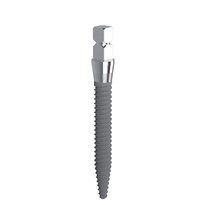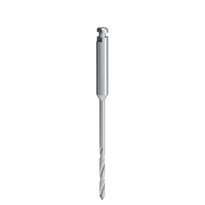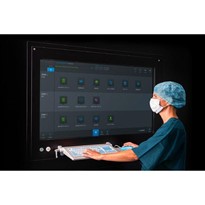In 2017, Marua Hawi opened her own practice, a small dental clinic in Braunschweig, Germany, about an hour east of Hanover. Though she had no previous experience with digital dentistry workflows, she resolved to teach herself and her team to digitally design and 3D print models, splints, crowns, bridges, and more.
By taking on one new indication at a time, and working together with Digital Smile Design experts and Formlabs Dental support team, Hawi has successfully digitalized her analog workflow, reducing her reliance on external providers and empowering her small team through their mastery of digital technical workflows.
Hawi started her journey towards digital dental workflows from ground zero as “an absolute digital beginner, that is not so much into technical things.” After attending a Digital Smile Design Residency in Spain, she knew the first step towards digitalization was integrating an intraoral scanning workflow. As she and her team acclimated to using the scanning procedures in their daily work, she looked for software that would best suit her practice.
Not feeling comfortable with technological applications in general, Hawi planned to adopt new digital procedures incrementally to avoid overwhelming herself and her team. She looked for software that was affordable and had an accessible workflow. In the beginning, “we only wanted to print models as a first step, so €10,000 as a software fee was far too much,” Hawi says. She decided on MeditLink, which is free of charge, and includes multiple apps, allowing her to get used to new workflows risk free.
As the only dentist in a small practice with no dental technicians, it was especially important for Hawi to find a 3D printer that was accessible for her entire team. When she saw the Form 3B+ stereolithography (SLA) printer at her second DSD Residency, and realized how fast and easy to use it is, she decided to implement it in her practice.
But how uncomplicated printing with the Form 3B+ really is, Hawi had yet to experience. The printer and workflow proved to be just as easy and intuitive as she had hoped.
Immediately after installing the printer, Hawi turned it over to her dental hygienist. Thanks to the intuitive interface of the Form 3B+, and the variety of well-structured resources and courses by Formlabs Dental, Hawi’s colleague successfully printed her first part while Hawi treated two patients. “I only prepared the room, set the printer up and told my employee that she can find everything she needs on the Formlabs Dental Website. Then I went to see my patients and as I came back afterwards, she had already made her first print,” Hawi recalls.
For Hawi, the intuitive workflow of Formlabs Dental printers is crucial, enabling everyone in the practice to print with confidence. The accessibility of the Form 3B+ makes it easier to create a flexible schedule for everyone, so there is never only one person tied to 3D printing, scanning, or hygienist work.
Hawi’s team quickly grew confident with the 3D printing workflow for models, and they began to think about adding more indications. “We simply started with printing two or three models a week. After only three months we started printing occlusal splints, too,” Hawi says. She has recently begun 3D printing prosthetic cases to quickly produce mock-ups and try-ins.
Before implementing 3D printing in-house, Hawi had to rely completely on external labs for models and appliances. Coordinating with the external lab could be complicated and, for every order, she had to wait at least a week, which slowed down her process and tested the patience of her patients.
Hawi improved the satisfaction of her patients with in-house printing, not only through faster treatment, but also by creating higher quality splints. Now she is printing with Dental LT Clear Resin V2, which she thinks is “simply better for the job,” as it is not as rigid as the (traditional) material the external lab was using, “that felt like you were biting on stone.” By utilizing the optimal resin for splints and using a controlled workflow, Hawi’s team is providing better splints to their patients.
For Hawi, the biggest advantage of implementing 3D printing is the autonomy and flexibility it provides. Her entire team is able to 3D print parts for multiple dental applications and, thanks to the reliability of the Form 3B+, they have gained control over their supply chain and reduced their reliance on external providers.
Implementing 3D printing made working in the small dental office more interesting for young people who, Hawi says, “love modern applications like that and are excited to use this.” For her, adding digital workflows is “blending perfectly in the mix of dental work [for young people]: Sometimes you work with a patient, sometimes you order materials and now they also have the opportunity to sit on the computer and design something.”
As exhibited by Hawi’s practice, even pure technological beginners are able to successfully integrate the innovative tools and processes from Formlabs Dental. For every dentist considering adopting new digital workflows and 3D printing she has clear advice: be patient – especially if you have a small practice. “The first and most important thing is to stay patient. I'm the only dentist working in my practice and I only have six team members, so everybody already has things to do,” Hawi says.
To know more about Marua Hawi's dental practice, continue reading here:
https://dental.formlabs.com/blog/digitizing-workflows-small-dental-practice/


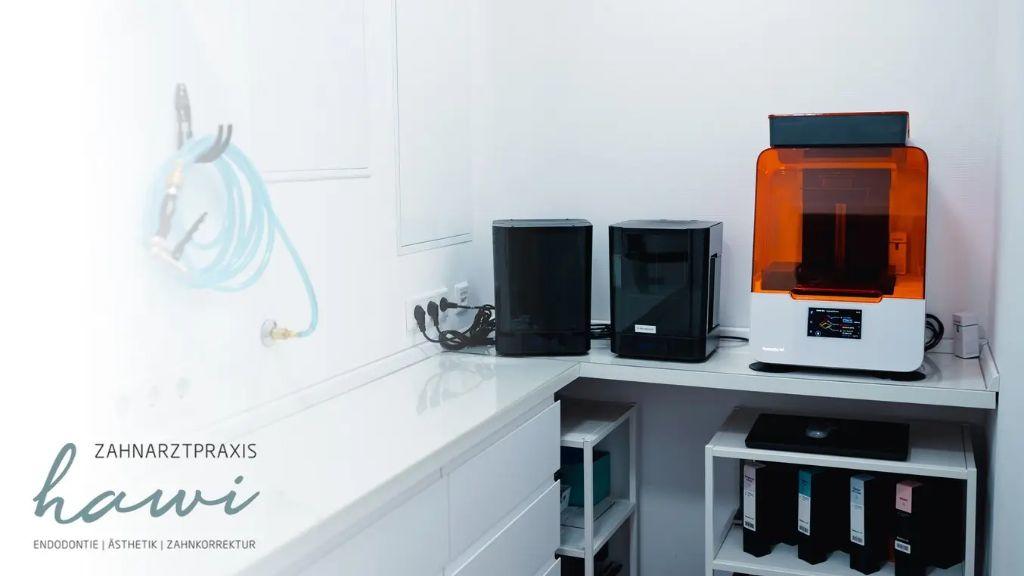





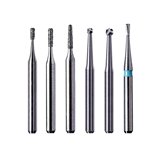
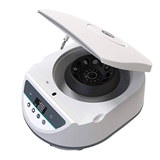
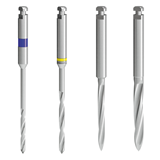

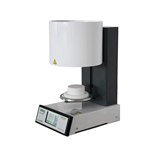

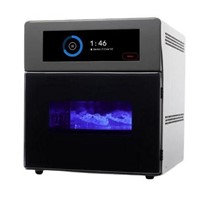




-205x205.jpg)
-205x205.jpg)
